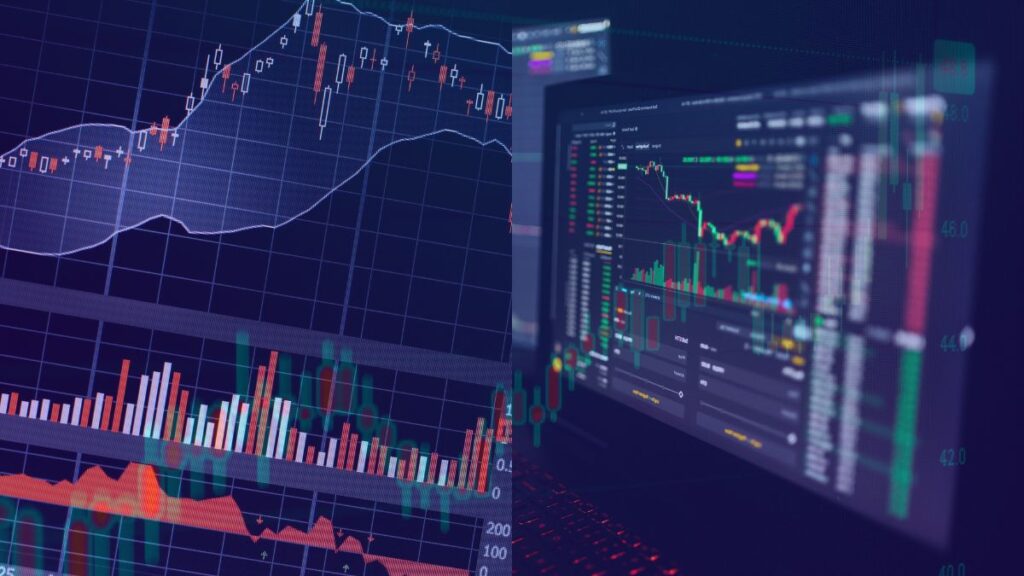Forex Market Hours 2025: Complete UTC & EST Trading Schedule
Quick-Reference Table – Forex Sessions (UTC / EST)
| Session (hub) | Opens → Closes UTC | Opens → Closes EST* |
|---|---|---|
| Sydney | 22:00 → 07:00 | 5 p.m. → 2 a.m. |
| Tokyo | 00:00 → 09:00 | 7 p.m. → 4 a.m. |
| London | 07:00 → 16:00 | 3 a.m. → 12 p.m. |
| New York | 12:00 → 21:00 | 8 a.m. → 5 p.m. |
*EST = UTC-5 (Standard Time). Daylight-Saving changes in 2025 shift these hours by one hour for two weeks each spring and autumn.
Pro tip: Liquidity peaks between 08:00 and 12:00 EST when the London and New York sessions overlap, offering the tightest spreads and highest trading volume.
What Time Does the Forex Market Open & Close?
The global forex market opens every Sunday at 5 p.m. EST (22:00 UTC) when the Sydney session begins and runs continuously until Friday 5 p.m. EST (21:00 UTC) when New York closes. Because at least one major centre—Sydney, Tokyo, London, or New York—is always active during that Monday-to-Friday window, currencies trade 24 hours a day, five days a week.
Session Schedule & Personality
The forex market’s 24-hour cycle is anchored by three core sessions—Asian, European and North-American—each with its own “personality.” Volume, volatility and the currency pairs in play change as the baton passes from Sydney to Tokyo, through London, and on to New York. Below are the first two sessions; notice how their character shapes trading tactics.
Asian Session — Sydney & Tokyo
-
Clock window:
-
Sydney opens 22:00 UTC (5 p.m. EST)
-
Tokyo joins 00:00 UTC (7 p.m. EST) and runs until 09:00 UTC (4 a.m. EST)
-
-
Personality: Steady and methodical, with thinner liquidity than later sessions. Price action often respects technical ranges; breakouts are rarer but can stick when major data hits from Australia, New Zealand or Japan.
-
Top pairs: AUDUSD and NZDUSD during the early Sydney hour; USDJPY, EURJPY and GBPJPY once Tokyo is live.
-
Best tactics: Range trading or news-fade strategies; watch for Bank of Japan statements, which can jolt yen pairs.
European Session — London
-
Clock window: 07:00 – 16:00 UTC (3 a.m. – 12 p.m. EST)
-
Personality: The market’s heartbeat quickens—liquidity and volatility spike, especially in the first hour. London processes the overnight flow, sets daily highs/lows, and often sparks durable trends.
-
Top pairs: EURUSD, GBPUSD, EURGBP, plus CHF crosses. Cross-border corporate flows and ECB/BoE headlines keep spreads tight.
-
Best tactics: Breakout trades around the London open; momentum or trend-continuation setups. Keep an eye on Euro-zone data drops at 07:00–09:00 UTC and UK releases at 09:30 UTC.
North-American Session — New York
-
Clock window: 13:00 – 22:00 UTC (8 a.m. – 5 p.m. EST)
-
Personality: News-driven and fast-moving. U.S. economic releases at 08:30 EST and 10:00 EST often trigger sharp, sustained moves in USD pairs. Liquidity remains deep until the London close at 12 p.m. EST, then thins toward the final hour.
-
Top pairs: EURUSD, GBPUSD, USDJPY, USDCAD; watch oil-sensitive CAD crosses after 10:30 EST inventory data.
-
Best tactics: Momentum trades on data spikes, fade-the-move strategies once the first impulse exhausts, and range breakouts during the 8 a.m. pre-market period when New York joins London’s flow.
Overlap Windows & Why They Matter
| Overlap window | Clock time (EST) | Typical effect | Best-suited pairs |
|---|---|---|---|
| Asia ↔ Europe | 2 a.m. – 4 a.m. | Transition liquidity; gradual pickup in volatility as London opens. | EURJPY, GBPJPY, AUDJPY |
| Europe ↔ North America | 8 a.m. – 12 p.m. | Highest global volume; spreads at their tightest; large data drops from both regions. | EURUSD, GBPUSD, USDCHF, XAUUSD |
| Asia ↔ North America (Friday only) | 5 p.m. – 6 p.m. | Light liquidity; positions squared into the weekend. | AUDUSD, NZDUSD |
Why overlaps matter:
-
Liquidity peaks – Order books from two continents merge, letting larger trades execute with minimal slippage.
-
Tighter spreads – Competing bids/offers narrow dealer margins, reducing transaction costs.
-
Volatility bursts – Simultaneous news flows and cross-session position adjustments create directional surges ideal for breakout or momentum strategies.
Trader’s takeaway: Focus your highest-conviction setups inside the 08:00–12:00 EST Europe–North America overlap, and use the quieter single-session hours for range scalps or planning your next move.
Best Times to Trade Key Pairs (2025)
| Currency pair | Sweet-spot time (EST) | Why this window works |
|---|---|---|
| EURUSD | 9 – 11 a.m. | Europe–US overlap plus EU and US data releases tighten spreads and fuel momentum. |
| GBPJPY | 3 – 4 a.m. | London open meets the tail end of Tokyo trade, creating brisk volume in both currencies. |
| USDCAD | 8 – 10 a.m. | North-American session opens; CAD news at 8:30 a.m. and energy-price moves amplify volatility. |
| AUDUSD | 7 – 10 p.m. | Sydney–Tokyo crossover brings Australian economic releases and early Asian risk sentiment. |
| EURGBP | 4 – 6 a.m. | London data drops collide with lingering European flows, often producing directional bursts. |
How to use the table
-
Align with overlaps: Each “sweet-spot” lands inside a session crossover where liquidity peaks.
-
Check the calendar: Plan entries around scheduled economic releases in the same window to catch the largest moves.
-
Match your strategy: Momentum or breakout setups excel in these high-volume slots; range or mean-reversion tactics fit quieter single-session hours.
Practical Checklist Before You Trade
-
Sync your chart clock – Set your platform to UTC or EST so news timestamps and session times match your plan.
-
Scan the economic calendar – Flag tier-1 releases and set alerts 15 min beforehand; decide whether to trade or stand aside.
-
Define risk per trade – Pick a fixed % of equity (e.g., 1 %) and size positions with ATR-based stops, not arbitrary pip counts.
-
Map key levels – Mark daily support/resistance and overnight highs/lows before the session begins.
-
Plan for overlaps – Note the exact hour you expect peak liquidity (e.g., 08:00–12:00 EST) and focus entries there.
-
Check spreads & slippage – Verify your broker’s live spreads are within normal bounds before placing orders.
-
Pre-load exit orders – Enter stop-loss and take-profit levels at order entry; avoid manual, emotion-driven exits.
-
Journal the setup – Write a one-sentence trade thesis and screenshot the chart; review after the session to refine strategy.
FAQ
What time does the forex market open on Sunday?
The market opens at 5 p.m. EST (22:00 UTC) each Sunday when the Sydney session begins.
Does the forex market close for public holidays?
Major banks shut on New Year’s Day, Good Friday and Christmas Day, which drains liquidity, but most retail trading platforms technically stay open with wider spreads.
How do daylight-saving changes affect session overlaps?
In 2025 the US moves clocks forward on 9 March while the UK waits until 30 March; the reverse happens on 26 October versus 2 November. During those mismatch weeks the London–New York overlap shortens from four hours to three.
Which session is best for trading EURUSD?
EURUSD sees its tightest spreads and largest moves between 9 a.m. and 11 a.m. EST, right in the heart of the London–New York overlap.
Do spreads change between sessions?
Yes—spreads are narrowest during overlaps when two major centres trade simultaneously and widest during late-US hours after London has closed and before Sydney re-opens.







One Reply to “Forex Market Hours Explained: When to Trade for Maximum Returns”
Very informative post and easy to understand, thanks for sharing